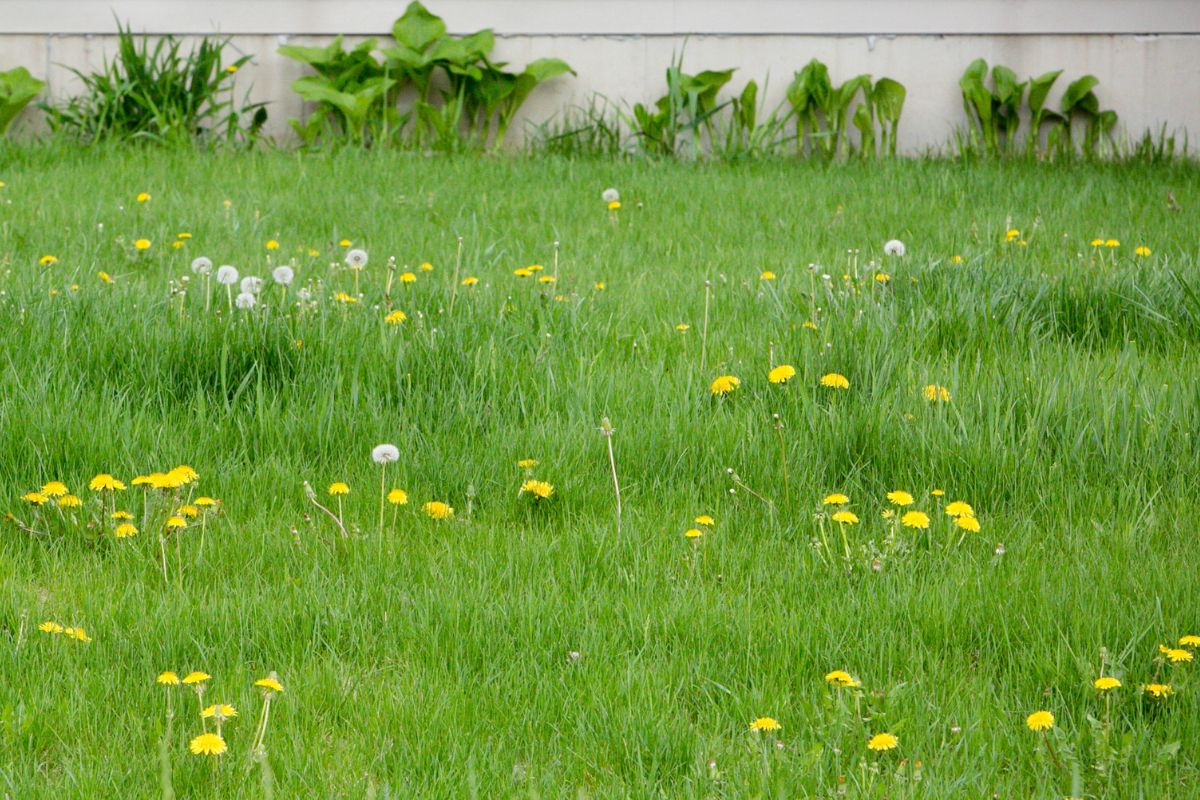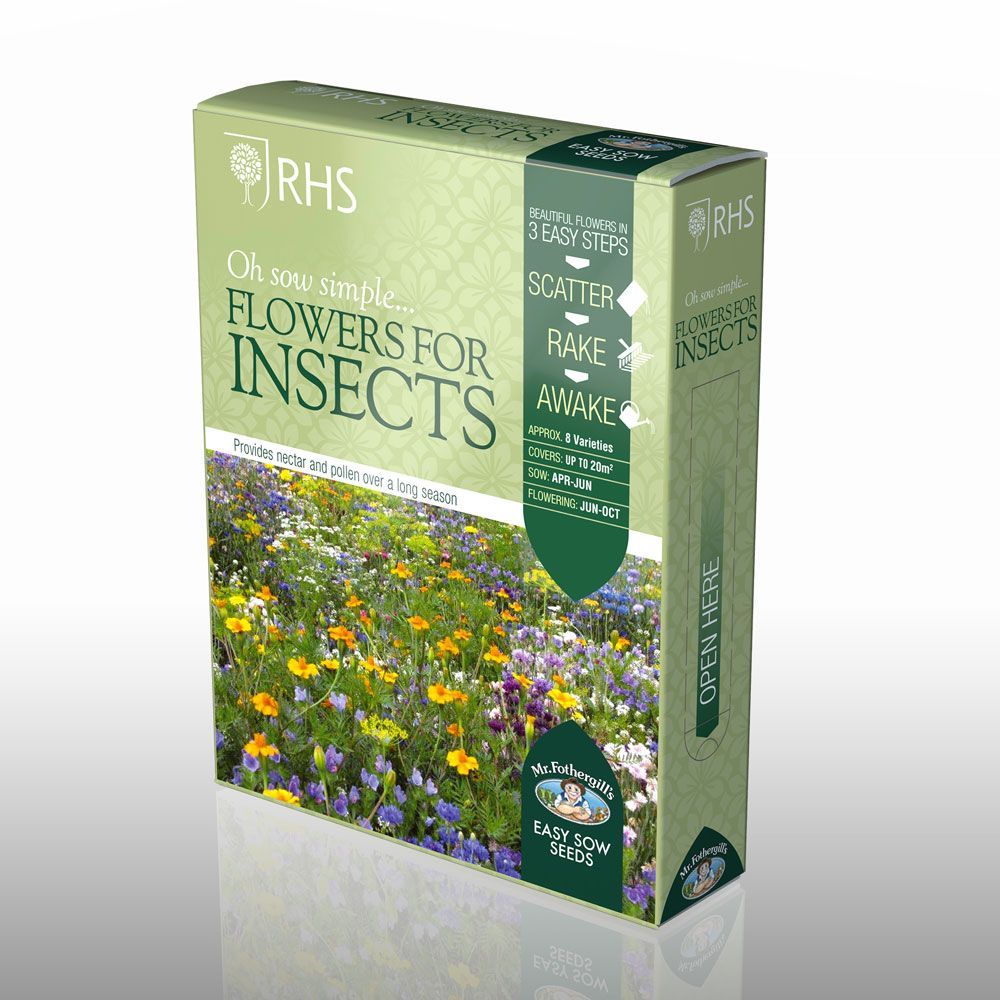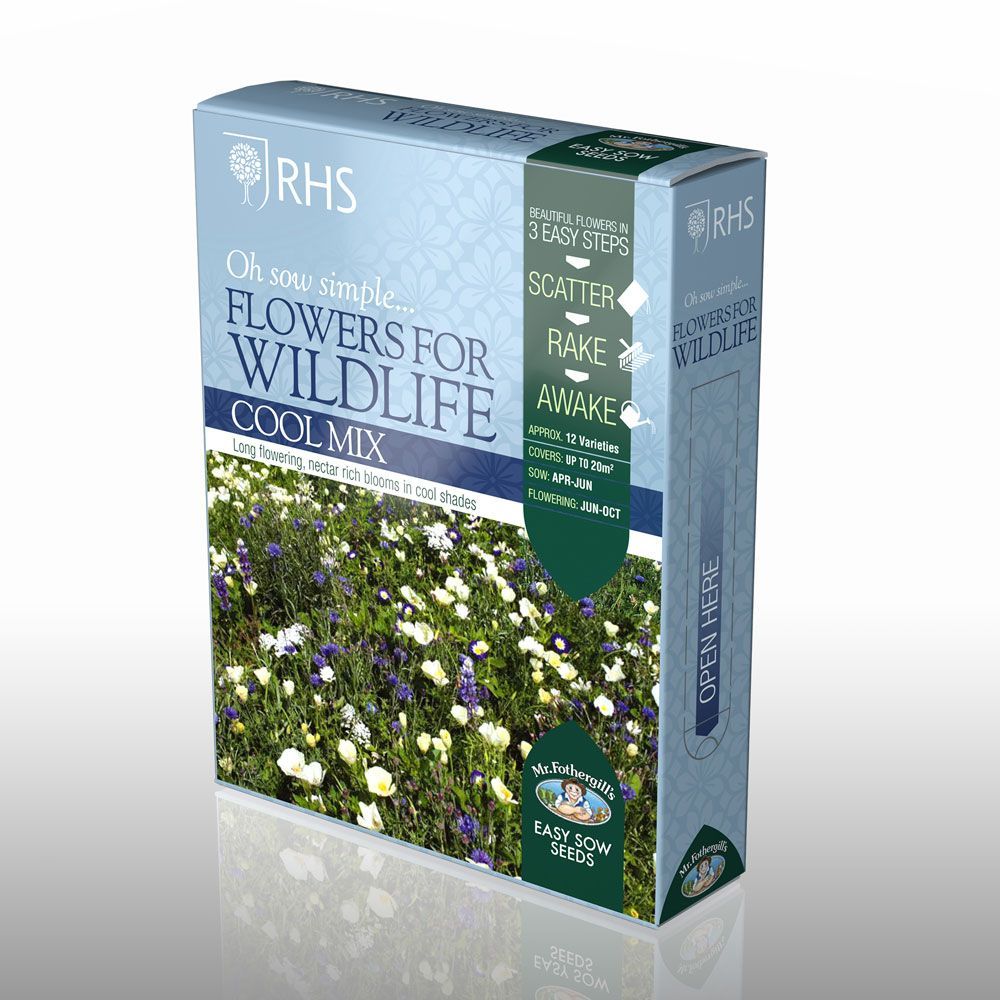Rewild your garden with No Mow May
The botanical charity, Plantlife, is bringing back No Mow May this month. There have been almost 7.5 million acres of meadows and pastures lost since the 1930s as a result of the eradication of natural habitats.
As a result, pollinators and insect-eating birds are in decline, and entire habitats are on the verge of collapse. The No Mow May initiative and British Garden Centres recognise the importance of gardens as places for wildlife to thrive. It is possible to attract beneficial insects and bees to the garden by taking small steps, such as having an overgrown lawn or planting wildflowers that are rich in pollen and nectar.
Here are our top tips for No Mow May which will result in your garden filled with butterflies and other insects flying about in a dream world of flowers filled with sweet, nutritious pollen.
Let it grow wild
A perfectly mown striped lawn is like a green desert for a bee. Keep the lawnmower in the shed which means saving time and work for you, whilst increasing the biodiversity in your garden. If you avoid mowing your lawn, this will allow other flowers and plants to bloom which provide a vital source of nectar to pollinators like bees.
By leaving your lawn wild, you will start to see the emergence of daisies, dandelions, creeping buttercups and common mouse-ear which heaven is for pollinating insects. The tall blades of grass and wild plants will also feed and shelter an array of wildlife including mice, hedgehogs, frogs, toads, and newts.
Wildflowers
British Garden Centres stock a whole array of wildflower mixes that will help diversify your lawn in No Mow May and beyond. Mixes and seed bombs can be sown with results in less than 8 weeks and contain nectar-rich species such as paper daisies, cornflowers, poppies, camomile, corn marigold and forget-me-nots.
Once your wildflowers have established, watch as your lawn becomes a hive of activity, providing important habitat and food for an abundance of garden wildlife.
Mow a path or patches
Re-wilding doesn’t mean you have to leave your lawn overgrown, unkempt, and scraggy all month long and prevents access to certain parts of your garden. You can still embrace No Mow May by mowing a path to your shed, patio or focal points to keep your garden purposeful.
If you don’t want to dedicate your whole garden to the initiative, why not design a certain area to be left unmowed and left for wildlife to thrive in? This way, it will be easier to manage whilst appearing attractive to pollinators at the same time.
No weedkiller
Go organic and don’t touch the weedkiller which will kill the wildflowers and plants growing in your lawn. It is not great for your soil either so if you want to remove any pesky weeds from your garden, you should pull them up by hand.
Change your mowing routine going forward
No Mow May is not just for May, why not reconsider your gardening habits in the future? A survey by Plantlife revealed that people with the most flowers in their lawns were the people who mowed their lawns once every four weeks. Keep your lawn at 2-3 inches, which will encourage low-growing flowering plants like clovers and daisies to grow. Also, if you allow the grass to grow longer in your lawn, they tend to get deeper roots and also requires less water.
































